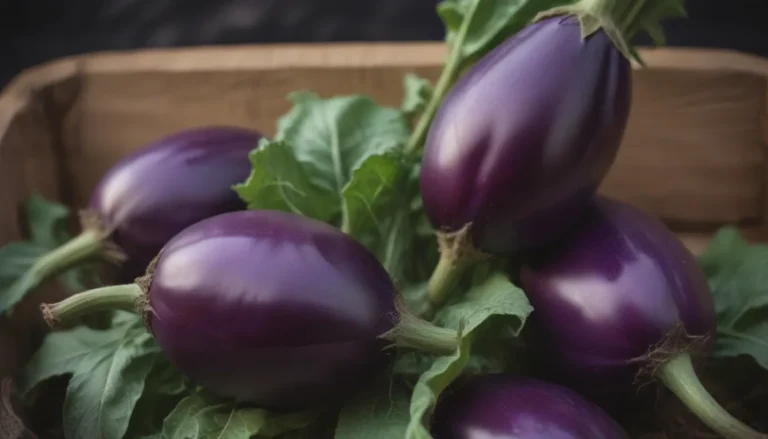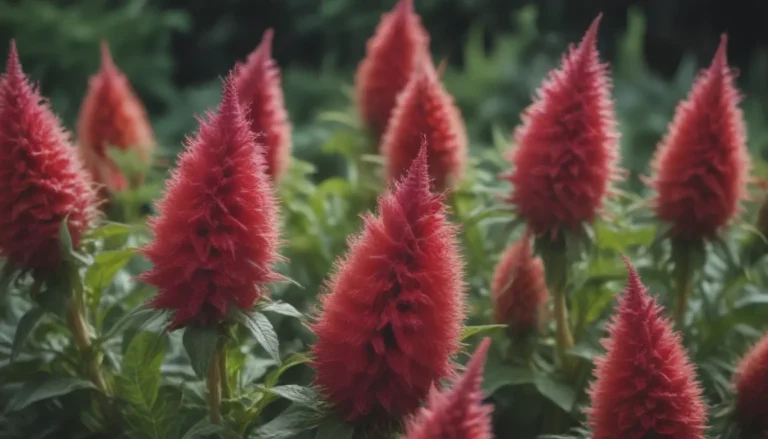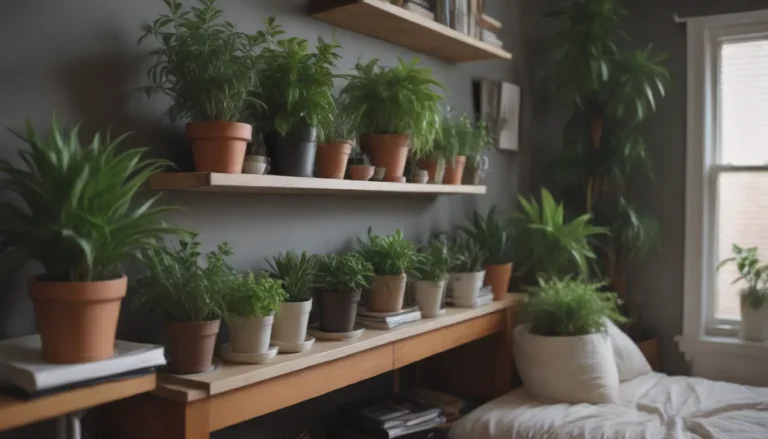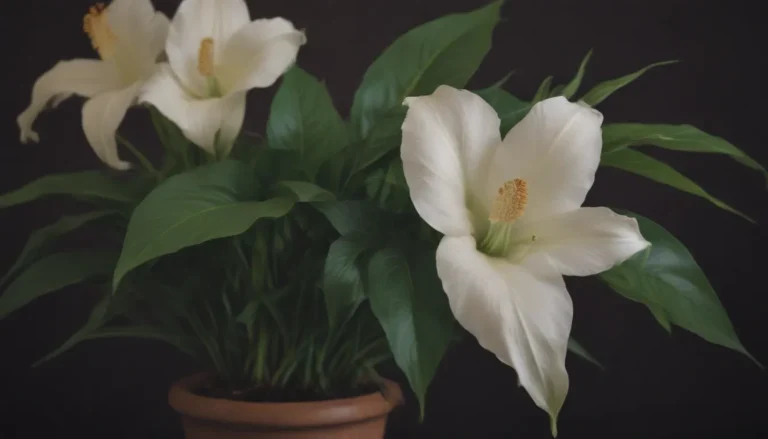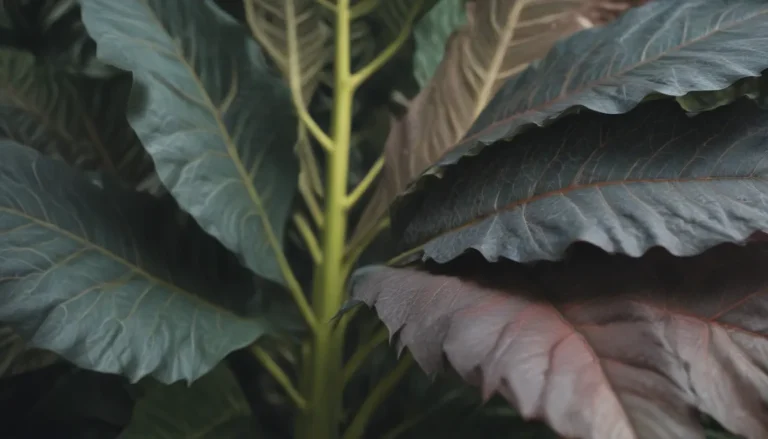A Comprehensive Guide to Growing and Caring for Peperomia Caperata (Ripple Peperomia)

Peperomias are a fantastic choice for any plant lover looking to add a touch of unique foliage to their indoor space. The peperomia caperata, also known as the ripple peperomia, is particularly striking with its deeply ridged, heart-shaped leaves in varying shades of dark green to burgundy. This houseplant is not only visually appealing but also considered easy to care for, making it a popular choice for both beginners and experienced plant enthusiasts alike. In this guide, we will delve into everything you need to know about how to grow and care for peperomia caperata indoors to ensure it thrives in your home.
Peperomia Caperata Care
Taking care of your peperomia caperata involves providing it with the right conditions to thrive. Here are the main care requirements you need to keep in mind:
Light
Peperomia caperata does best in medium to bright indirect light when grown indoors. While it can tolerate low light conditions, growth may be slower and the plant may become leggy. When grown outdoors, it thrives in partially shaded areas protected from intense afternoon sunlight. Avoid placing your plant in direct sunlight as it is prone to leaf burn in such conditions.
Soil
For optimal growth, use a loamy potting mix that is well-draining. A combination of indoor potting soil and perlite or sand works well to ensure proper drainage for your peperomia caperata.
Water
Keep your peperomia caperata in evenly moist soil, especially during the summer months. Allow the top inch of soil to dry out before watering thoroughly, ensuring excess water drains from the pot. In fall and winter, reduce watering frequency as the plant enters dormancy. Overwatering can lead to root rot, so monitor the moisture level of the soil and look for signs of drooping leaves to determine when to water.
Temperature and Humidity
This tropical plant thrives in warm temperatures and medium to high humidity levels. Average household temperature and humidity are generally suitable, but avoid exposing the plant to temperatures below 65 degrees Fahrenheit for an extended period. Maintain humidity levels around 50% to 60%, making peperomia caperata an excellent choice for terrariums and greenhouses.
Fertilizer
During spring and summer, apply a balanced liquid fertilizer monthly after watering to promote robust growth. Stop fertilizing in fall when temperatures drop as the plant enters dormancy. Fertilizing during dormancy can lead to root and stem damage.
Types of Peperomia Caperata
Peperomia caperata offers a variety of colorful and exciting options to choose from. Some popular varieties include:
- ‘Rosso’
- ‘Frost’
- ‘Variegata’
- ‘Silver’
- ‘Luna Red’
- ‘Abricos’
Propagating Peperomia Caperata
Propagating peperomia caperata is a straightforward process that allows you to expand your plant collection or fill out existing containers. Here’s how you can propagate peperomia caperata using stem cuttings and leaf cuttings:
Stem Cuttings
- Take a healthy stem cutting with several leaves attached.
- Place the cutting in a container with water or moist soil.
- Keep the cutting in a warm, bright area and wait for roots to develop.
Leaf Cuttings
- Select a healthy leaf and remove it from the plant.
- Place the leaf on moist soil, ensuring good contact for rooting.
- Keep the soil consistently moist and wait for new growth to emerge.
Potting and Repotting Peperomia Caperata
Peperomia caperata is a moderate grower that may need repotting every one to two years or when roots outgrow the pot. Look for signs like roots emerging from drainage holes or circling the inside of the pot to indicate the need for repotting. Choose a slightly larger pot in spring or summer, refresh the soil, water thoroughly, and return the plant to its original location.
Common Pests and Plant Diseases
While peperomia caperata is relatively resistant to pests and diseases, keep an eye out for common issues like mealy bugs, scale, fungus gnats, and thrips. Overwatering can also lead to fungal problems such as root rot, characterized by mushy stems, roots, and wilted leaves.
Common Problems With Peperomia Caperata
Despite being easy to care for, peperomia caperata may encounter a few issues that need attention:
Brown Leaves
Brown, crispy leaves indicate a lack of moisture, either from underwatering or low humidity. Additionally, brown spots may result from sunburn due to excessive light exposure. Adjust watering frequency and humidity levels to address these issues.
Yellow Leaves
Yellowing leaves can signal various problems, including inadequate light, underwatering, or overwatering. Ensure your plant receives sufficient indirect light, water when the soil is slightly dry, and avoid letting the soil dry out completely to prevent both underwatering and overwatering issues.
In conclusion, caring for peperomia caperata involves ensuring it receives adequate light, water, and humidity while monitoring for common problems like pests and diseases. By following these guidelines and tips, you can enjoy the beauty of this unique plant in your indoor space for years to come. So, go ahead and add a peperomia caperata to your plant collection—it’s sure to bring joy and vibrancy to your home!
